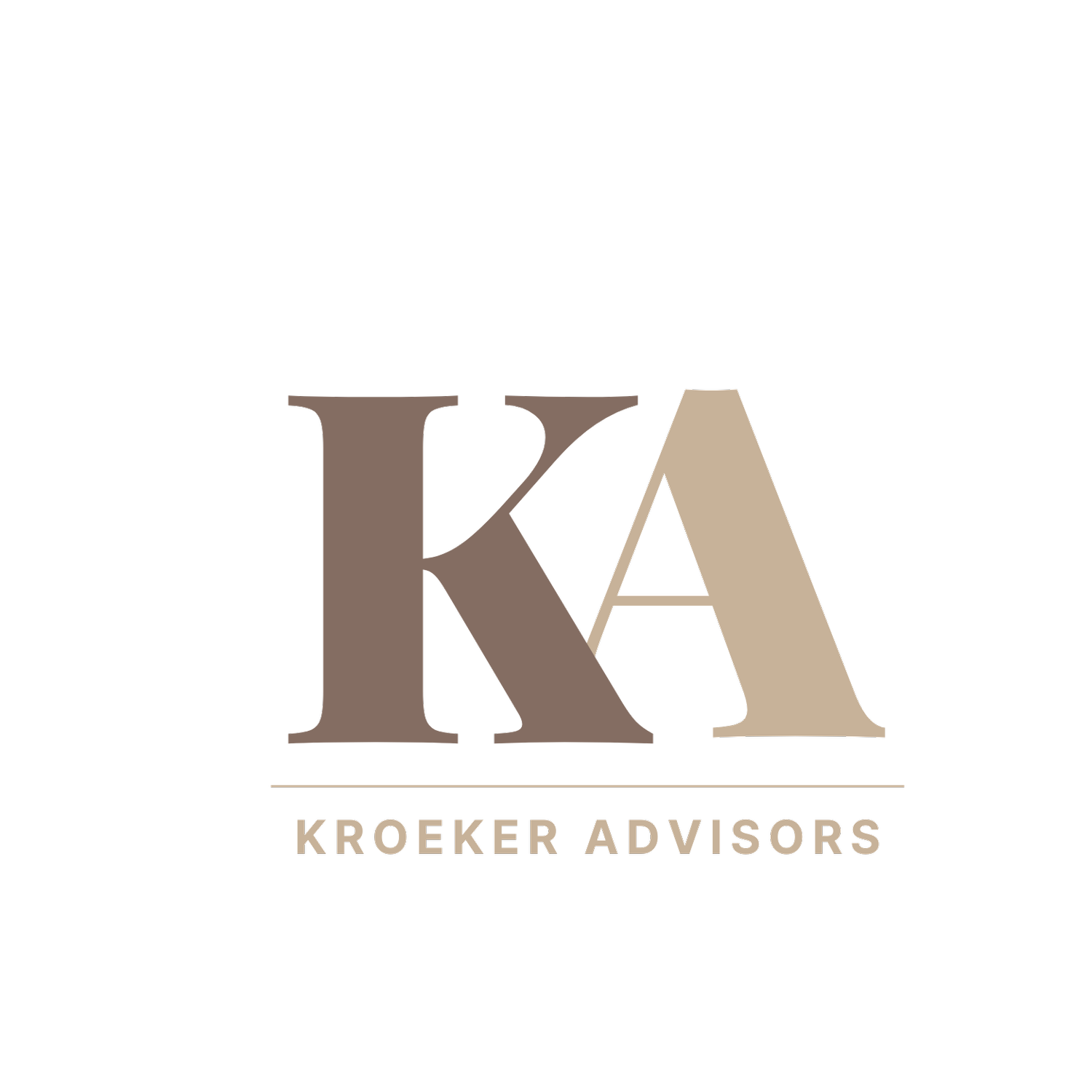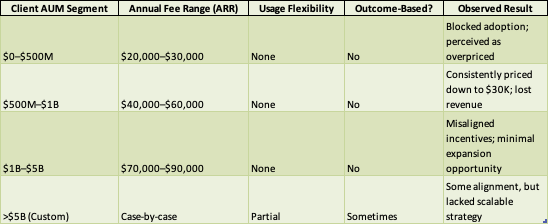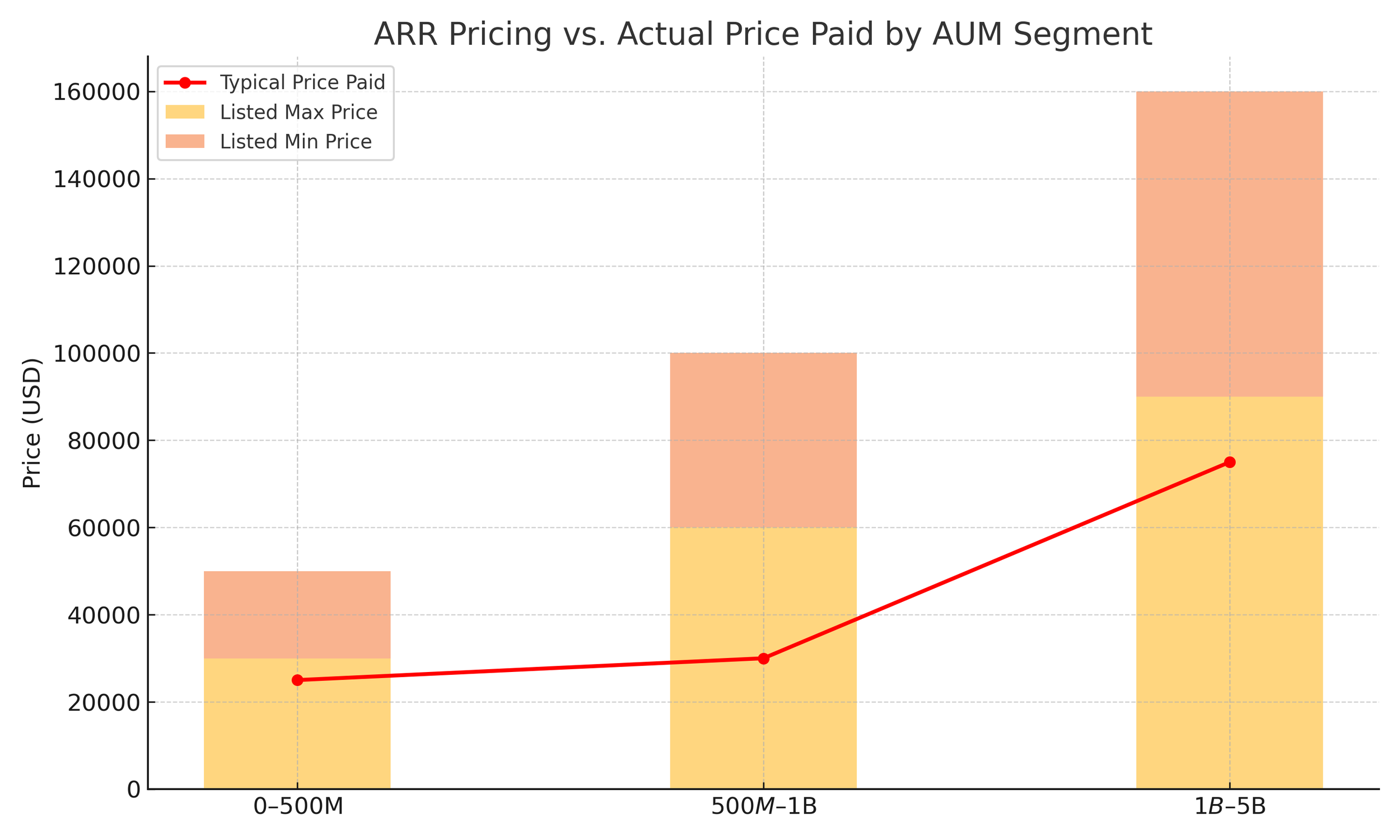When Pricing Follows
What Happens When SaaS Pricing Follows, Instead of Leads
In a recent role, we priced our SaaS product with a flat annual enterprise fee, loosely based on customer profiles. It seemed strategic, simple, scalable, and benchmarked against a familiar competitor on paper. In reality, it worked for no one. For context, we were approaching the EMEA market where we had little to no existing clients, and unlike a GTM motion in the US, not all regions can be treated the same. There are differences in pricing sensitivities, willingness to pay, and expectation of performance of Saas tools for financial services. These differences were most prevalent in the smaller to mid tier customers.
Too Big or Too Small Never Just Right
Our pricing structure was too large for smaller players, yet not complex or flexible enough for larger ones. It encouraged client usage, but with no pricing variable tied to outcomes or scale. There was no mutual growth, no incentive alignment, or opportunity for expansion. Just a one-size-fits-all model. The product's basic components were the same for all enterprises, the only difference being that large customers would collect and report on larger data sets, generally requiring more complex functions to generate and segment their Internal Rate of Return.
This “one-size-fits-none” approach looked clean on paper, but didn’t reflect the range of client needs or the value we were delivering. Here’s how our flat-fee ARR model played out across AUM segments:
Flat-Fee ARR Pricing Table
We anchored our pricing to a legacy competitor, not because it fit our product, but because it was familiar. The irony? We were trying to replace that legacy, while pricing like it.. But the irony was hard to ignore: we were trying to replace this legacy provider while mimicking their pricing. Our product was differentiated, but our pricing didn’t reflect that. It lacked originality, clarity, and most importantly, strategy.
Pricing That Didn’t Travel
When we entered new markets, we brought the same pricing structure, despite having no brand equity, no client references, and no local validation. It failed to land. Prospects saw a high price and no evidence to justify it. We expected legacy-level pricing power without the credibility to back it up. Now, the US-based team was doing their job selling the product, at least holding their own compared to the competition, while the buyers from international markets had a much different view of either what they expected to pay/or what features should be table stakes.
In practice, our mid-sized customers rarely paid what we quoted. Despite fees being set at $40K–$60K, most closed around $30K, right back where smaller clients were priced. That downward pressure became a recurring theme:
Don’t Let Pricing Become Passive
Disruptive companies don’t just build better products. They price like they believe in them and invite the market to believe too. It tells your customers who you are, how you think, and whether you're worth the bet. If your pricing looks like your competitor’s and you’re not the category leader, it’s probably not strategic. It’s safe. And safe doesn’t scale.
Sales leaders should always look at tangible outcomes when thinking about pricing. In our scenario, the flat fee for the entire product made it easy for a buyer to compare us feature for feature to other regional players. Had we (sales & product) collaborated further on outcomes like quarterly investor reports run, and data uploads, the real jobs of the software, it may have been easier for customers to tie the value to immediate wins and lock on to the differentiators. We knew our customers loved our reporting function, and therefore we should have built pricing around that platform, shifting the buyers level view across all vendors.
Especially when entering new markets or launching differentiated features, pricing must evolve. It should adapt to usage, customer maturity, and new data. It should invite experimentation, not fear.
Embracing Change: My Journey from Sales to Pricing
During my time at London Business School, I often heard the advice: "When making a career shift, try to change only one of these—your role, your industry, or your geography—but never all three at once." It’s a smart, pragmatic approach, one that many of my brilliant classmates have followed. And yet, here I am, doing exactly what I was told not to, leaving sales for consulting (or maybe even founding something of my own), moving from niche B2B SaaS into a broader consulting space, and relocating from London back to Colorado.
A major driver of my decision to pursue an Executive MBA in late 2022 was the realization that I wanted to move beyond sales. I was good, but not great and I knew deep down that I lacked the drive to push myself toward that final 1% that separates the best from the rest. My interests had started shifting. Instead of focusing solely on closing deals, I was thinking about bigger, systemic issues—how prospects evaluated our product, where our packaging and pricing fell short, and how we could capture more value.
I’m also a numbers guy. Yes, sales is a metric-driven profession, but it often comes down to a binary outcome: did you hit your number or not? The cycle of living from quota to quota, deal to deal, felt increasingly unfulfilling. Then, in the fall of 2023, my employer decided for me, letting me go and push me to fully commit to a new path.
Why Pricing?
During my 11 years in B2B SaaS, I led international expansion twice and brought a new product to market. I often worked in uncharted waters with no historical data, no established client base, just a small team, a strategy, and a lot of execution. I mapped out the addressable market, created GTM content, built pricing sensitivity models, ran demos, attended conferences, and negotiated deals with some of the top investors in the world.
As I move from sales into consulting, I’m leaning into this experience—the years spent understanding prospects, uncovering pain points, and figuring out what truly drives buying behavior.
So, why pricing? Because it’s a fascinating, often misunderstood lever that can make or break a company. Pricing in B2B SaaS is particularly complex, with the added layer of subscription services creating an ongoing exchange of value between vendor and customer. Businesses don’t buy like individuals, and pricing strategy isn’t just about setting a number, it’s about monetization, incentive structures, packaging, and the mechanics of the exchange itself.
How should a company charge for its product? How do you incentivize a sales team to maximize value capture? How does pricing affect retention, expansion, and overall company health? These are the questions I encountered daily in sales, but never had the bandwidth to fully explore. Now, they’re the questions I want to dedicate my career to answering.
The Road Here
Committing to this new direction wasn’t easy, and it didn’t happen overnight. The past year and a half have been a grind, moving my family across the Atlantic, searching for answers about what’s next, and hitting more than a few dead ends along the way. At one point, I even considered taking one more sales gig, convincing myself it might be the safer choice.
Then came the final interview, a seven-hour marathon that I completely bombed. Halfway through, they dropped me from the process. It was a low point, one that led to a lot of questioning and self-doubt. But in hindsight, it was exactly what I needed.
That moment forced me to be honest with myself: I wasn’t just looking for a new job—I was looking for a new challenge, a new way to apply my skills, and a space where I could make a real impact.
So here I am, taking the path that’s not recommended, making the leap that many would call risky. But I’m doing it with conviction, with a clear sense of why, and with the belief that pricing is where I can make a real difference.


